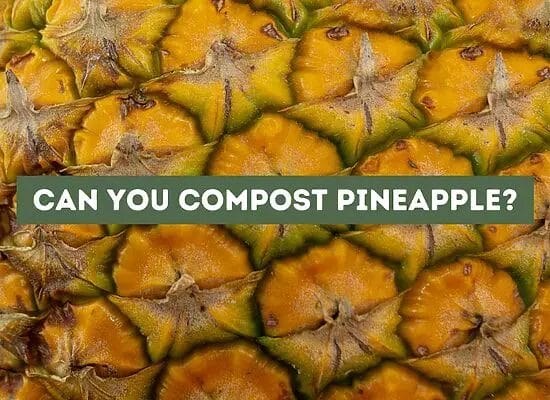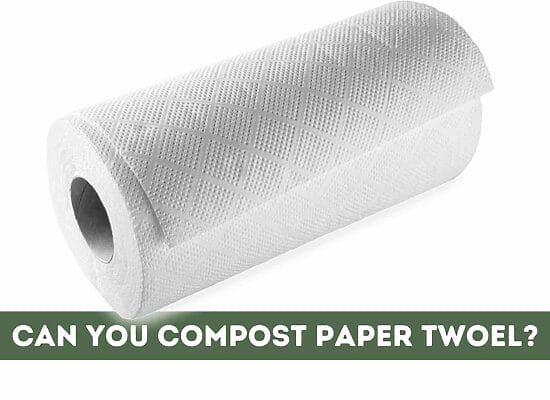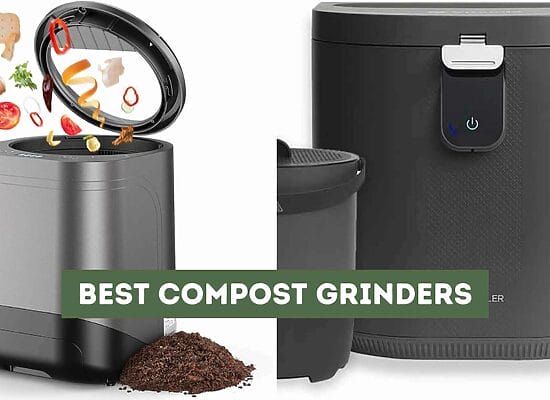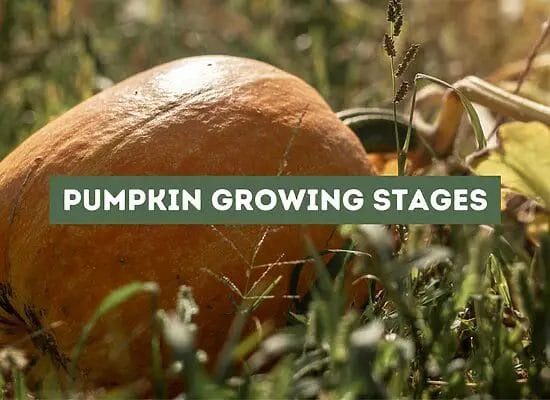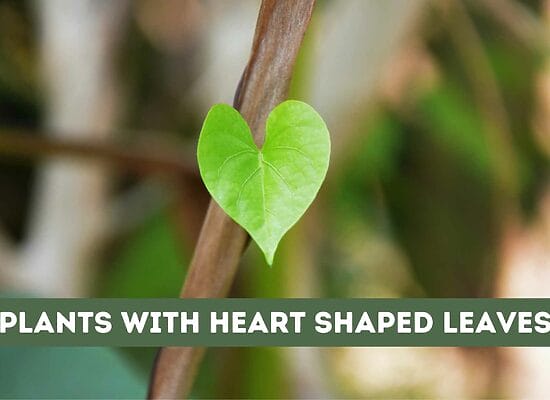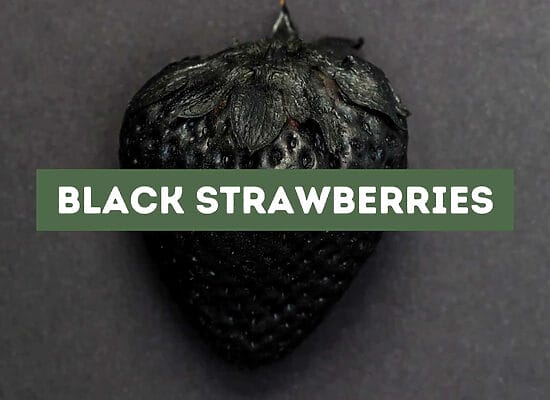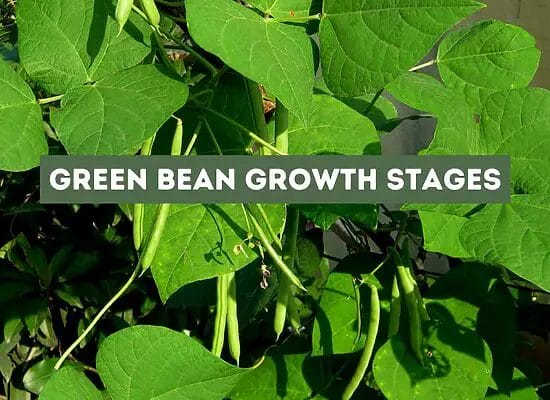
When it comes to gardening, soil is the foundation of your plants’ success. But with so many options available, it can be overwhelming to know which type to use. Two common types of soil are topsoil and compost, but what’s the difference between them, and which one should you use?
Topsoil is the uppermost layer of soil, usually about 5-10 inches deep, and is where most plants’ roots grow. It contains a mixture of organic matter, minerals, and microorganisms that support plant growth. Compost, however, is a soil enhancer created by breaking down organic materials like leaves, grass clippings, and food scraps. It’s often added to soil to improve its fertility and structure.
While both topsoil and compost are important for healthy gardens, they serve different purposes. Topsoil provides a base for plants to grow, while compost adds nutrients and improves soil structure.
Understanding the differences between top soil vs compost can help you make informed decisions about which one to use in your garden. Below, we’ll explore the benefits and drawbacks of each soil type and provide tips on how to use them effectively.
Key takeaways:
- Topsoil Basics: Topsoil is the uppermost layer of soil where plant roots grow. It contains a mix of organic matter, minerals, and microorganisms that support plant growth.
- Compost Definition: Compost is created by breaking down organic materials like leaves, grass clippings, and food scraps. It’s used to enhance soil fertility and structure.
- Different Purposes: Topsoil provides a base for plants to grow, while compost adds nutrients and improves soil structure.
- Topsoil Characteristics: Good quality topsoil has loose, crumbly structure, balanced texture, proper pH, good drainage, and prevents compaction and erosion.
- Benefits of Compost: Compost is rich in nutrients like nitrogen, phosphorus, and potassium. It retains moisture, improves soil structure, and can be used as mulch or soil amendment.
- Choosing Between Them: Use topsoil to level ground, create raised beds, and add bulk to soil. Compost is excellent for improving soil quality, especially for plants that require higher nutrient content.
- Using Both Together: A mix of 60% topsoil and 40% compost is a good starting point for healthy plant growth, combining benefits of both components.
Understanding Topsoil
When it comes to gardening and landscaping, topsoil is an essential component that plays a significant role in the growth and health of plants. But what exactly is topsoil, and why is it so important?
Topsoil is the uppermost layer of soil, typically ranging from 2 to 8 inches (5 to 20 cm) in depth, that contains the highest concentration of organic matter, nutrients, and beneficial microorganisms. It is the layer that supports the growth of most plants and provides them with the necessary nutrients, water, and air.
The quality of topsoil can vary greatly depending on several factors, including the location, climate, and geology of the area. However, there are some general characteristics that define good quality topsoil. These include:
- Layers: Topsoil is typically found above the subsoil layer and below any organic matter or mulch.
- Structure: Good topsoil has a loose, crumbly structure that allows for adequate air and water circulation.
- Texture: The texture of topsoil can vary depending on the composition of the soil. A good balance of sand, clay, and silt is ideal for most plants.
- pH: The pH level of topsoil should be within the range of 6.0 to 7.0, which is slightly acidic to neutral.
- Drainage: Topsoil should have good drainage to prevent waterlogging and root rot.
- Compaction: Soil compaction can lead to poor plant growth and should be avoided by not walking on or driving over the soil.
- Erosion: Topsoil erosion can occur due to wind or water and can lead to a loss of nutrients and soil structure.
- Existing or new lawn: For existing lawns, topdressing with topsoil can help improve soil quality. For new lawns, it is essential to use good quality topsoil to ensure healthy growth of the turf.
Understanding Compost
Compost is a nutrient-rich material that is made up of organic matter. It is created by the natural process of decay, which is facilitated by bacteria and other microorganisms. Composting is a great way to recycle organic material, such as kitchen scraps, leaves, and grass clippings, into a nutrient-rich soil amendment.
Compost is an excellent source of nutrients for plants. It contains a variety of elements that are essential for plant growth, including nitrogen, phosphorus, and potassium. These nutrients are released slowly over time, which helps to feed plants for an extended period.
In addition to providing nutrients, compost also helps to retain moisture in the soil. This is because compost is able to hold onto water, which helps to prevent soil from drying out. Compost can also improve soil structure, making it easier for roots to grow and absorb water and nutrients.
Compost can be used in a variety of ways. It can be used as a mulch, which helps to suppress weeds and retain moisture in the soil. It can also be mixed into the soil to improve soil structure and provide nutrients to plants. Compost can even be used to make compost tea, which is a liquid fertilizer that can be applied directly to plants.
To make your own compost, you can use a compost calculator to determine the right mix of organic material, moisture, and air. It is important to maintain the right balance of carbon and nitrogen in the compost pile, as this will help to facilitate the natural process of decay. With a little bit of effort and patience, you can create nutrient-rich compost that will help your plants thrive.
Topsoil in Gardening
When it comes to gardening, topsoil is a crucial component of a healthy garden. Topsoil is the top layer of soil, usually about 5-10 inches deep, and it contains the highest concentration of organic matter and nutrients. It is the foundation of any garden, providing the necessary nutrients and structure for plants to thrive.
Topsoil is commonly used in gardening for a variety of purposes, including improving soil fertility, creating raised beds, and leveling lawns. It is also used to create soil mixes for potted plants and to fill in low spots in the yard.
One of the most significant benefits of topsoil is its ability to improve soil fertility. It contains a high concentration of organic matter, which provides nutrients to plants. Organic matter also helps to improve soil structure, making it easier for roots to penetrate and absorb nutrients.
If you are looking to create raised garden beds, topsoil is an excellent choice. It provides a deep layer of soil that is perfect for growing vegetables, fruits, and other plants with deep roots. Raised garden beds also provide better drainage, which can be important in areas with heavy rainfall.
Topsoil can also be used to level lawns. If you have low spots in your yard, adding topsoil can help to even out the surface and promote healthy grass growth. For best results, it is recommended to add two to three inches of topsoil and incorporate it into the existing soil.
When selecting topsoil for your garden, it is important to choose a high-quality product. Look for topsoil that is free of weeds and debris and has a balanced pH level. You can find topsoil at your local garden center or home improvement store.
Compost in Gardening
Compost is a valuable addition to any garden. It is a soil amendment that is rich in nutrients and organic matter. It improves soil fertility, water retention, and drainage. Compost is created by decomposing organic materials such as food scraps, yard waste, and manure. It is a natural way to provide the necessary nutrients for healthy plant growth.
Using compost in your garden can help you grow healthier plants, vegetables, and fruits. Compost is a great source of nitrogen, which is essential for plant growth. Nitrogen is a key component of chlorophyll, which is responsible for photosynthesis. Photosynthesis is the process by which plants convert sunlight into energy. Without enough nitrogen, plants will not be able to produce enough chlorophyll, which can stunt their growth.
Compost can also help improve the quality of your garden soil. It can help balance the pH level of your soil, making it more suitable for growing plants. Compost can also help improve soil structure, making it easier for plants to grow roots and absorb water and nutrients. This can lead to healthier plants with stronger root systems.
Using compost in raised garden beds is a great way to improve soil fertility and structure. Raised garden beds are ideal for growing vegetables and fruits because they provide better drainage and aeration. Adding compost to your raised garden beds can help improve the soil quality and provide the necessary nutrients for healthy plant growth.
When using compost in your garden, it is important to choose the right type of compost for your needs. There are many different types of compost available, including garden soil mixes and compost blends. You can find compost at your local garden center or make your own at home.
Comparing Topsoil and Compost
When it comes to gardening, the soil you use can make all the difference. Topsoil and compost are both commonly used in gardening, but they have different properties and uses. Here, we’ll compare topsoil versus compost in terms of quality, nutrients, drainage, moisture, structure, texture, pH, and organic matter to help you choose the right one for your garden.
Quality
Topsoil is the uppermost layer of soil, typically about six inches deep, and is composed of mineral particles, organic matter, and microorganisms. Compost, on the other hand, is a mixture of organic matter that has been decomposed and broken down into a rich, dark, crumbly material.
Nutrients
Topsoil contains some nutrients, but it is not as nutrient-rich as compost. Compost is a great source of nutrients for plants, containing nitrogen, phosphorus, potassium, and other trace elements that are essential for plant growth.
Drainage
Topsoil tends to have better drainage than compost due to its larger particle size. Compost, on the other hand, has a finer texture and can hold more water, which can lead to drainage problems if not mixed with other soil materials.
Moisture
Compost retains moisture better than topsoil, which can be beneficial in dry climates or during droughts. However, too much moisture can lead to problems with drainage and plant growth.
Structure
Topsoil has a more stable structure than compost, which can break down over time and become compacted. Topsoil can also provide a stable base for plants to grow in.
Texture
Topsoil tends to have a coarser texture than compost, which can make it easier to work with and provide better aeration for plant roots. Compost has a finer texture and can be more difficult to work with, but it can provide better moisture retention.
pH
Topsoil and compost can have different pH levels, which can affect plant growth. Topsoil tends to be neutral to slightly acidic, while compost can be slightly alkaline. It’s important to test the pH of your soil and adjust it as necessary to ensure optimal plant growth.
Organic Matter
Compost is a great source of organic matter, which can improve soil structure, promote beneficial microorganisms, and provide nutrients for plants. Topsoil can also contain organic matter, but it may not be as rich as compost.
Choosing Between Topsoil and Compost
When it comes to choosing between topsoil and compost, it’s important to understand the differences between the two and what they can offer your garden. Topsoil is the uppermost layer of soil, while compost is a soil amendment made from decomposed organic matter. Both have their own unique benefits and uses.
If you’re looking to improve the quality of your soil, compost is a great option. It’s nutrient-rich and can help to improve the structure and texture of your soil, as well as its moisture retention and drainage. Compost is also great for adding organic matter to your soil, which can help to improve its pH balance and overall health.
On the other hand, if you’re looking to add bulk to your soil, topsoil is a better option. It can also be used to level out uneven ground or fill in low spots in your lawn or garden. Topsoil can also be used to create new garden beds or to improve the quality of existing ones.
When it comes to growing specific plants or vegetables, the choice between topsoil and compost can depend on the needs of the plant. For example, vegetables like tomatoes and peppers prefer soil with a higher nutrient content, so compost may be a better choice. On the other hand, plants like succulents prefer well-draining soil, so a mixture of topsoil and sand may be a better option.
In general, it’s a good idea to use a combination of topsoil and compost in your garden. This can help to ensure that your soil has the right balance of nutrients, moisture, and structure for healthy plant growth. A ratio of 60% topsoil to 40% compost is a good starting point.
Improving Soil with Topsoil and Compost
If you want to improve your soil for gardening, landscaping, or lawn care, topsoil and compost are two options you may consider. Both topsoil and compost can help to amend your soil and provide nutrients for plant growth.
Topsoil is the uppermost layer of soil, which is high in nutrients and minerals. It can be used to level low spots in your lawn, improve soil structure, and provide a better growing medium for plants. Topsoil can also be used as a base for new gardens or landscaping projects.
Compost, on the other hand, is decomposed organic matter that can help to improve drainage and aeration in the soil. It contains nutrients that act as a natural fertilizer and can improve soil structure while reducing compaction. Compost can also help to retain moisture in the soil, which is important for plant growth.
To improve your soil, you can use a combination of topsoil and compost. Mixing topsoil and compost can help to create a more uniformly textured and nutrient-rich soil. You can also use compost as a mulch around your plants to help suppress weeds and retain moisture in the soil.
When using topsoil and compost, it is important to consider the nutrient content and pH level of your soil. You can test your soil to determine its nutrient content and pH level, and then add topsoil or compost as needed to amend the soil.
Buying and Using Topsoil and Compost
When it comes to buying and using topsoil and compost, there are a few things you should keep in mind. First, consider the amount you need. Topsoil is typically sold in bulk by the cubic yard, while compost may be sold in bags or by the yard. Be sure to measure the area you need to cover before making a purchase.
Next, consider the ratio of topsoil to compost you need. This will depend on the condition of your soil and what you plan to grow. A general rule of thumb is to use a 50/50 mix of topsoil and compost for most plants, but you may need more or less of one or the other depending on your specific situation.
When buying topsoil, be sure to check for rocks and other debris that may be present. This can affect the quality of your soil mix and make it harder to work with. Additionally, ask the seller if the topsoil has been tilled or regulated, as this can affect its water retention and nutrient content.
When buying compost, check for weed seeds and make sure the owner has properly composted the material. You don’t want to introduce weeds or harmful bacteria into your garden. Also, look for compost that contains a good mix of organic matter, minerals, and fertilizer.
Once you have your topsoil and compost, it’s time to use them. If you’re using a mix, blend them together thoroughly before spreading them over your garden. You can use a tiller or rake to mix them together.
When top dressing your lawn, spread a thin layer of compost over the grass to improve its health and appearance. Be careful not to smother the grass with too much compost, as this can lead to mold and other issues.
FAQ: Top Soil vs Compost
What is the difference between topsoil and compost?
Topsoil is the top layer of soil that we walk on, and it contains minerals and organic matter. Compost, on the other hand, is a mixture of decomposed organic matter that is rich in nutrients. While both topsoil and compost are used to improve soil quality, they have different purposes. Topsoil is used to level the ground, while compost is used to amend the soil.
Can I use compost instead of topsoil for my vegetable garden?
Yes, you can use compost instead of topsoil for your vegetable garden. Compost is a great way to add nutrients to your soil, and it can improve soil structure, water retention, and drainage. However, it’s important to note that compost alone may not provide enough support for your plants, so you may need to mix it with topsoil or other soil amendments.
Is it better to use topsoil or compost for overseeding?
It’s better to use topsoil for overseeding because it provides a better base for the seeds to grow. Topsoil contains minerals and organic matter that can help the seeds establish roots and grow strong. Compost, on the other hand, may not provide enough support for the seeds, and it may not be able to hold moisture as well as topsoil.
Where can I find a topsoil and compost mix for sale?
You can find a topsoil and compost mix for sale at most garden centers and nurseries. You can also find it at landscaping supply companies or online. When buying a topsoil and compost mix, make sure to read the label carefully and check the ingredients to ensure that it’s the right mix for your needs.
Do I need to mix compost with topsoil for my lawn?
It’s not necessary to mix compost with topsoil for your lawn, but it can be beneficial. Compost can help improve soil structure, water retention, and nutrient content, which can all contribute to a healthy lawn. However, if your lawn already has healthy soil, you may not need to add compost.
Can compost be used as a substitute for soil?
Compost can be used as a substitute for soil, but it’s not recommended. While compost is rich in nutrients, it may not provide enough support for plants, and it may not be able to hold moisture as well as soil. Additionally, compost alone may not provide enough structure for plants to establish roots and grow strong. It’s best to use compost as an amendment to soil to improve its quality.



